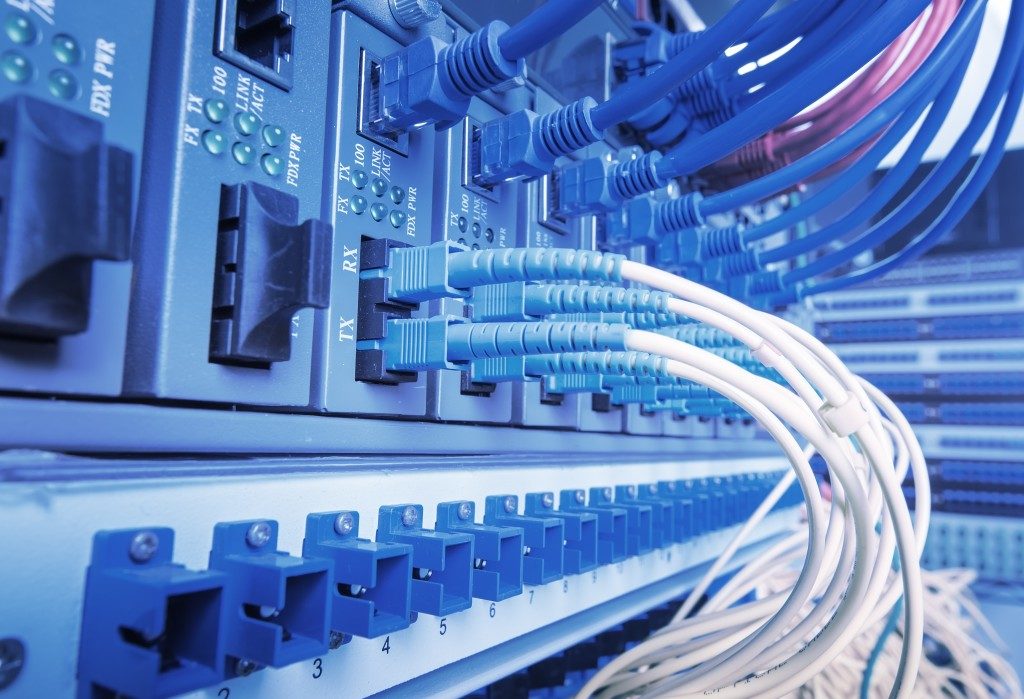Efficiency. Greater lengths. Bigger capacity. Fiber optics have a wide array of applications throughout the modern world.
Because it works great for data transmission, fiber optics are not commonly used in offices, homes, government, etc. It is utilized for telecommunication, data storage, security, internet, and broadcasting.
What is Fiber Optics?
Fiber optics use light waves to transmit data through glass threads. A fiber optic cable is made up of strands of glass that allows light to travel.
Compared to copper wires, there is less energy resistance in fiber optics as this technology uses light waves. As a result, fiber optic cables have higher bandwidth. This means it can transmit more data to longer distances.
How is it distributed?
Fiber optic boxes.
These are cabinets or enclosures that contain optical fiber links. These distribute fiber optics to designated devices and locations. There are different types of fiber optic boxes. A fiber optic termination box is a large-scale choice, while a fiber patch panel is the smaller one. There are also selections with regards to design. Users can choose between a rack mount or a wall mount and outdoor or indoor boxes.
To avoid wear-and-tear in the cables, a durable and safe fiber optic box is needed. Several companies design and manufacture these products. Try SPC for free if you’re looking for a company that specializes in providing innovative and specific solutions for various industries.

Fiber Patch Panel
A fiber patch panel, also known as “fiber distribution panels,” is a cluster of ports in one panel, with every port connecting to another location or device. This organizes each connection as it designates them to a specific server or station via cross-connection.
Each patch panel can be labeled so that it’s easy to track connections. If one room needs maintenance, the technician can right away identify which panel to tinker without affecting the rest of the building. This is an organized and simple way to manage a whole bunch of cables.
Benefits:
- Everything is gathered in one place. If changes must be made, they just need to locate the patch panel to check all the connections. No more wandering the room or building for individual ports.
- Money-saving. You won’t need to purchase a thousand other ports because—then again—it’s all in the patch panel.
Fiber Optic Termination Box
A fiber optic termination box acts as a point of connection for fiber optics and local networks. A single outdoor fiber optic source is connected to the box to distribute to several users.
From the outdoor optic fiber cable, the termination box processes the data through fiber-optic tails and then to the fiber patch cord. The patch cord should be connected to a converter to transform light into electricity that is ready to be disseminated to the users.
Benefits:
- The box acts as a shell to protect the fiber optic technology from environmental hazards.
- It can act as a storage space for wires and cables to avoid exposure to wear-and-tear.
- It’s easy to install and can be mounted on the wall or placed on top of a desk.
Conclusion
Fiber optics is an efficient way to transfer data for communication, data storage, and even security. Its easy-to-manage distribution also makes it ideal for offices, schools, and other local-area networks. To do this, a quality fiber box is necessary.

